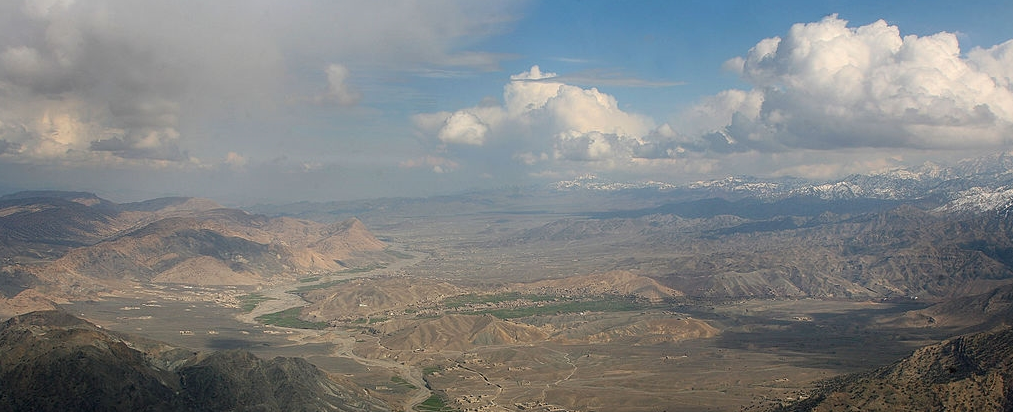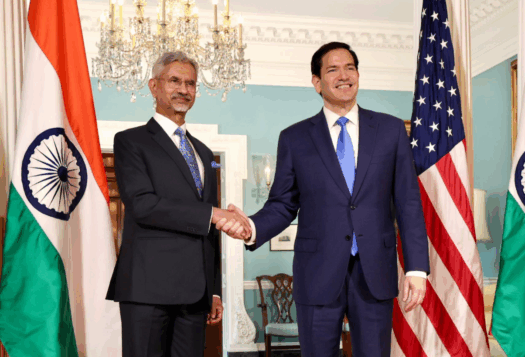
For the past ten years, the harsh beauty of North Waziristan’s mountainous terrain has borne witness to the American-led coalition for the global war on terror with full support from the Pakistani government. As demonstrated by their commitment to Operation Zarb-e-Azb, the Pakistani government and military are determined to curb terrorism at great cost, but must realize the importance of rehabilitation for the residents of North Waziristan. Encouraging the development of education, social services, and health services in Waziristan is not only important for the overall wellbeing of residents and helping them recover from a decade of war, but also for countering potential future violence in FATA.
Impact of Operation Zarb-e-Azb
Operation Zarb-e-Azb began in June 2014 as the Pakistani military on militant groups in North Waziristan in an attempt to decimate the militant stronghold on the region. Daniel Bordirsky, an analyst with the Armed Conflict Database within the International Institute of Strategic Studies, discussed the impact of Zarb-e-Azb in his December 2015 op-ed. He explains that while there is a media blackout on Zarb-e-Azb and foreign media cannot independently verify the figures provided by the Pakistani government’s Inter-Service Public Relations (ISPR), there is a growing consensus that Zarb-e-Azb is beginning to have a positive impact on Pakistani security. A 2015 Gallup poll similarly concluded that 82% of Pakistanis believe in the success of Zarb-e-Azab.
ISPR also independently released a press statement in December 2015 stating the operation resulted in the dismantling of main terrorist infrastructure, disruption of sleeper cells, and the death of 3400 terrorists. The silent narrative behind these statistics is the impact of Zarb-e-Azab on North Waziristan.
The Rehabilitation Process
Extensive military operations have displaced over 700,000 people. Markets, schools, and hospitals were destroyed for serving militants. There is currently no electricity, clean water, or basic health infrastructure. While Zarb-e-Azb may have been successful in wiping out militants, the Pakistani government must now take steps to ensure that the area is rehabilitated for the residents of North Waziristan.
The rehabilitation process will require several different phases. In the first phase, projects totaling Rs.1 Billion have been launched and include restoration of schools, water supply construction and management, and renovation of markets and roads. In the second phase, rehabilitation will be extended to the different tehsils (districts) in North Waziristan. As part of the first phase, the Army is constructing roads and markets in Mir Ali and Miran Shah, two populous districts in North Waziristan, and a 120-bed hospital in Mir Ali. However, the slow pace of rehabilitation has generated dissatisfaction among locals, some of whom consider Pakistan more responsible of their plight than America. They are concerned with lack of or insufficient health and educational facilities. For medical assistance, locals had to travel to a neighboring province, Bannu, but faced hurdles as the route is under travel restrictions by the military.
Another issue of concern for Waziri residents is that more than half of those displaced originally have not returned home. Security personnel claimed that they have cleared more than 85% of North Waziristan and while more than 25,000 people have returned home, over 600,000 still remain displaced. The repatriation process is currently under control of the military. Transferring responsibility for the repatriation process to the Waziri civil administration might increase and ease future repatriation.
These steps in the rehabilitation process for post-conflict reconstruction will be essential for immunizing North Waziristan against militant presence in the future. Effective rehabilitation requires a more holistic and long-term approach than isolated development projects. The military should take its cue from its operations in the Swat Valley in 2009, where they successfully repatriated thousands of internally displaced people after the government pushed out militants in the area.
Beyond the existing development and infrastructure projects that will link North Waziristan to the rest of Pakistan, a few actionable steps the government and military could take in this region might include:
- Establishing a counselling center to assist residents with Post Traumatic Stress Disorder (PTSD) and other mental health concerns resulting from long-standing military operations in the region.
- Encouraging the Federal Ministry of Education to arrange an education expo in the area so Waziri locals, newly repatriated or not, can expand their skills in order to obtain gainful employment.
- Monitoring routes previously used by militants, smugglers, and the like to come into Pakistan from Afghanistan.
- Devise policies that will allow residents to take out loans more easily so they can rebuild their properties and businesses.
***



